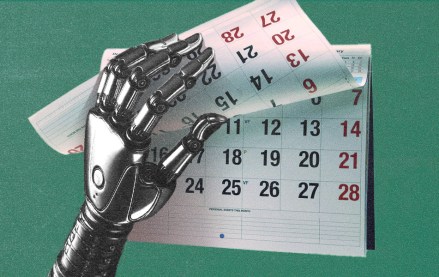
When it comes to its tablet strategy, Sears has a two-pronged approach. The fact is that there are a lot of consumers that are willing to shop on the Web, whether it’s through their desktop, iPad or mobile device. But the vast majority (85 percent) still prefer the in-store experience. Sears is figuring out a way to serve both camps with a single strategy.
The first prong of Sears’ iPad strategy is Sears2Go, an iPad and iPhone shopping app that mimics the Sears.com desktop experience with a few twists. The content within the application takes advantage of the iPad’s interface capabilities, letting consumers swipe, tap, etc. Content is appropriately sized and formatted for the iPad’s screen, making the site uncluttered. There’s even an option to pick up your order at a nearby store or have it sent to your door, which is also available on sears.com. It highlights products by price, top sellers and top rated to help consumers discover products they may not have been looking for. The Sears consumer-facing iPad app is much like the website. The point is to give consumers an optimized experience if they’re planning to shop via their iPad.
The second aspect of Sears’ iPad strategy is focused on arming salespersons in more than 450 stores nationwide. Salespersons use iPads in-store to help customers find product information, check inventory and make purchases without waiting in line at the cash register. Sears also offers free Wi-Fi to customers so they can use their own devices in the store.
Nordstrom, Home Depot and Urban Outfitters are other retailers that have launched iPads in-store to help sales associates better serve customers.
More in Media

Media Briefing: The top trends in the media industry for 2025
This week’s Media Briefing takes a look at the top trends from 2025, from digital advertising revenue performance to AI licensing deals.

Digiday Scorecard: Publishers rate Big Tech’s AI licensing deals
Digiday has compiled a scorecard grading AI platforms to make sense of the growing number of players in the AI content licensing market.

Publishers are hunting for AI prompt data — now they’re starting to get it from third-party companies
Publishers are finally gaining some visibility into AI search, as new prompt data tools crack open a black box.





